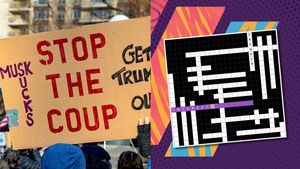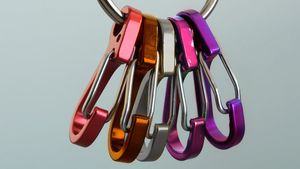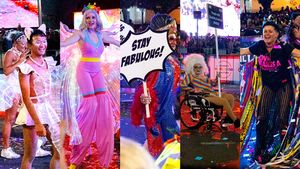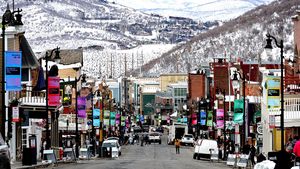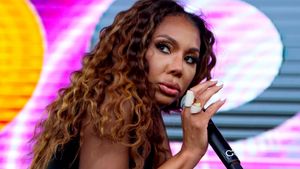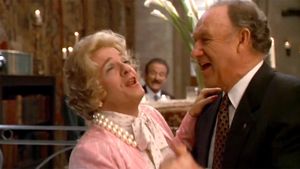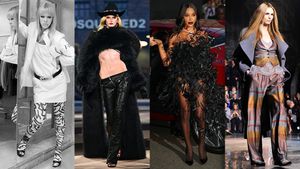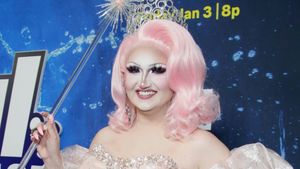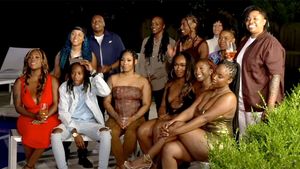Imagine a scenario from a possible future: A king and queen leave the throne to their firstborn son or daughter. The United Kingdom has codified marriage equality (the country is on that track in 2013) and this heir to the throne is married to someone of the same sex.
Would the gay king or queen's spouse have a royal title? Would their child be heir to the throne? Current law doesn't have answers to those questions, but Paul Flynn, a member of Parliament, proposed amendments to a succession bill that would recognize same-sex marriages or civil partnerships between royals for succession purposes and allow these couples' children to inherit the throne. A week later, the Queen herself came out (obliquely) in support of LGBT rights. Turns out there have been many royals in the past that had tongues wagging over their rumored gay ways:
K ing William II (1056-1100)
ing William II (1056-1100)
Transgender activist Diana Lobeck recently described William II, an effeminate, never-married medieval king, as an "unsung hero of the LGBTQ community." William II might actually have been trans, Lobeck posits, since he often favored women's clothing. His legacy was burnished not by his dress, though, but by his kind treatment of Jews and his stances against the greedy and misogynistic Christian establishment.
 Richard I (1157-1199)
Richard I (1157-1199)
Richard the Lionheart, often portrayed as gay in films (notably by Anthony Hopkins in The Lion in Winter), was called a "gay icon" by U.K. newspaper The Guardian. Richard reportedly shared a bed with King Philip II of France.
 Edward II (1284-1327)
Edward II (1284-1327)
This reigning royal's same-sex infatuations were so well-known that Christopher Marlowe's 1593 play Edward the Second included the king's fraught relationship with Piers Gaveston, a close adviser and member of his court. Derek Jarman's 1991 film Edward II was based on the play and went a lot further than Marlowe, with gay sex and oodles of homoeroticism.
 James I (1566-1625)
James I (1566-1625)
Although married, King James is often remembered as bisexual, and members of his court called him "Queen James." In honor of the king, who spearheaded an English-language translation of the Bible, there's a modern version that expunges all the antigay references titled Queen James Bible.
 Queen Anne (1665-1714)
Queen Anne (1665-1714)
Queen Anne's friendship with Sarah Churchill -- founder of the Churchill-Spencer dynasty, which produced Winston Churchill and Diana, Princess of Wales -- was likely very close. The power-hungry Churchill blackmailed Anne by threatening to reveal their passionate letters and accused the queen of playing favorites with women in her court with whom she was sleeping, according to biographer Ophelia Field.
 Prince George, Duke of Kent (1902-1942)
Prince George, Duke of Kent (1902-1942)
Prince George had three older brothers, but a scandalous string of affairs would have likely prevented him from ascending the throne anyway. Letters from Noel Coward indicate he and George were lovers, though the playwright was only one of several male lovers the prince reportedly took before his death in a plane crash at 39.
 Princess Margaret (1930-2002)
Princess Margaret (1930-2002)
The wild younger sister of Queen Elizabeth II, Princess Margaret scandalized the royal family when she divorced her husband in 1978. Allegations of drug use and lesbian affairs appeared in the book Margaret: The Last Real Princess and the British TV movie The Queen's Sister. The documentary Margaret: The Secret Princess also included claims of Margaret's bisexuality.
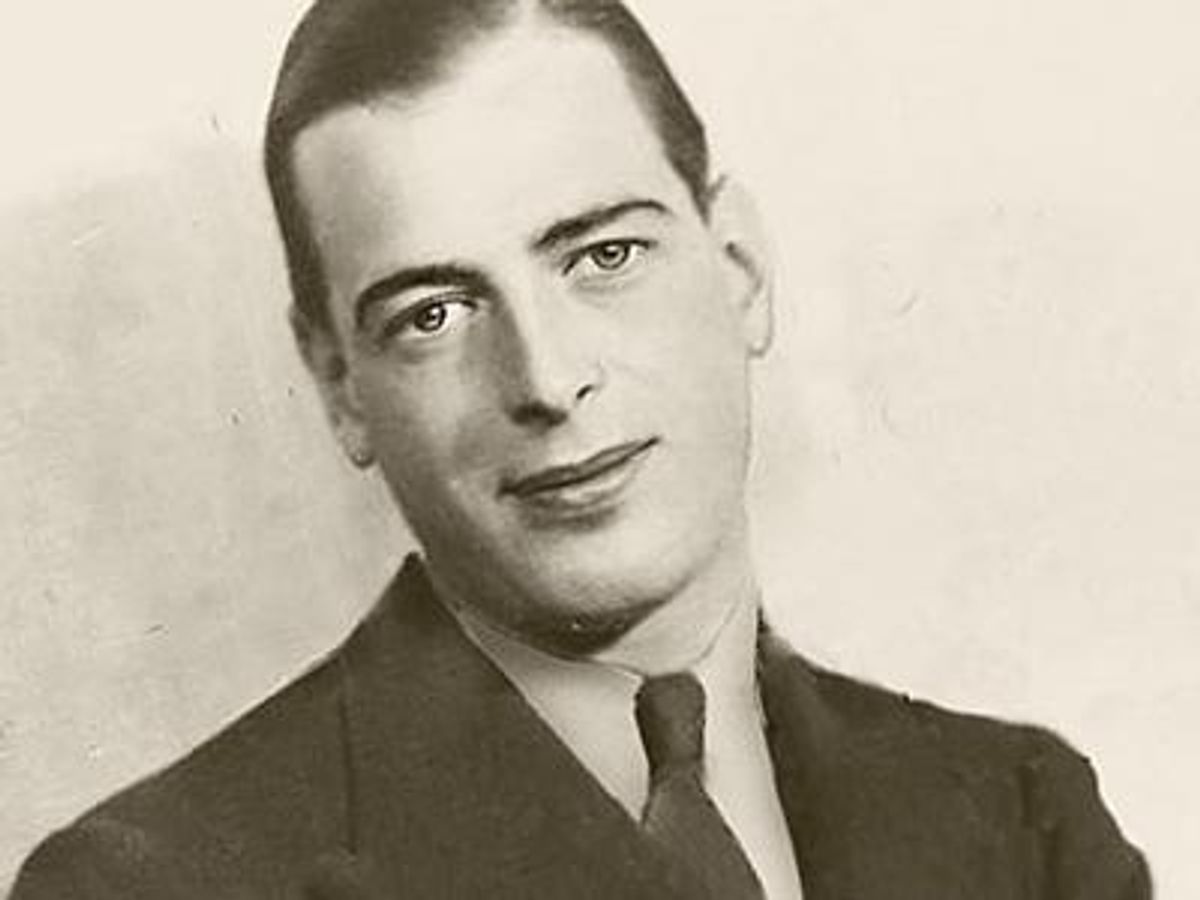


 ing William II (1056-1100)
ing William II (1056-1100) Richard I (1157-1199)
Richard I (1157-1199) Edward II (1284-1327)
Edward II (1284-1327) James I (1566-1625)
James I (1566-1625) Queen Anne (1665-1714)
Queen Anne (1665-1714) Prince George, Duke of Kent (1902-1942)
Prince George, Duke of Kent (1902-1942) Princess Margaret (1930-2002)
Princess Margaret (1930-2002)




